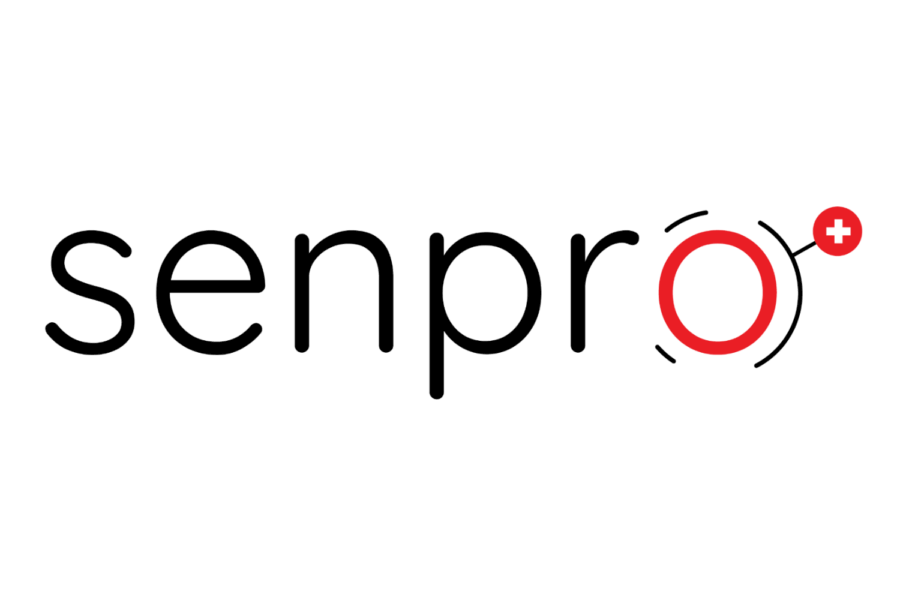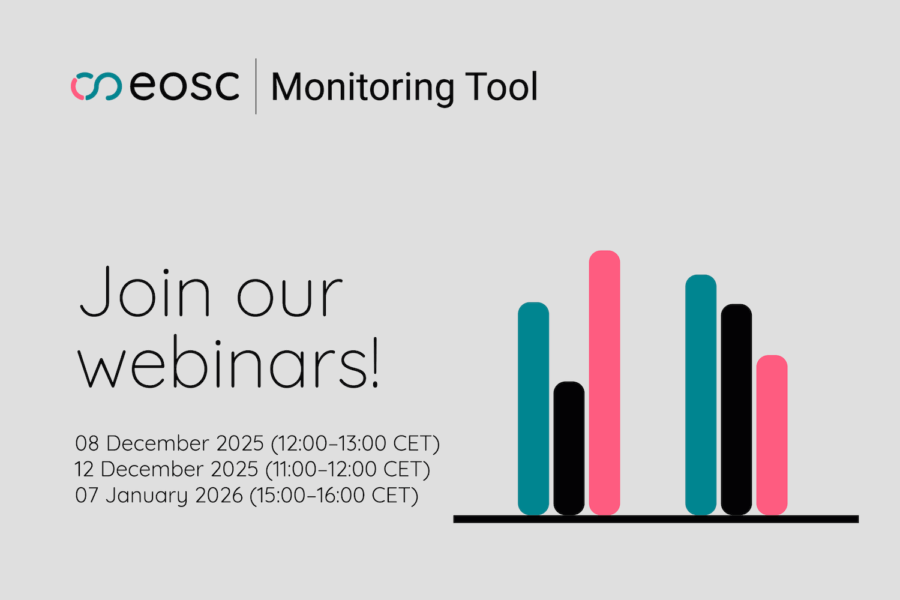BRUSSELS—A two-day workshop was held on 17-18 March at the European Commission premises to kick off the build-up phase of the EOSC Federation.
More than 80 people participated in the workshop, including representatives from the EOSC Tripartite Group (EOSC-A, European Commission and EOSC Steering Board), the EOSC EU Node, and each of the 13 Candidate EOSC Nodes invited to contribute to the first wave deployment of the EOSC Federation.
Draft project charters, submitted in advance by each of the Candidate Nodes, were used as the basis for workshop participants to plan key activities and define the working modalities of the build-up phase. Notably, the meeting established the EOSC Federation Build-up Group, to be co-chaired by EOSC-A, as an organisational structure to steer and support the build-up phase.
Candidate Nodes make their case
Day one of the workshop opened with a welcome from Michael Arentoft, Head of the Open Science Unit of the Directorate-General for Research and Innovation at the European Commission, as well as an instruction on the goals and principles of the Federation’s build-up phase by EOSC-A President Karel Luyben. Representatives from the EOSC EU Node and the 13 Candidates then pitched their potential contributions as either future EOSC Nodes or as resource providers to the Federation.

These brief introductory presentations helped the participants to socialise their different approaches to setting up Nodes and to supporting cross-node use cases. Several commonalities immediately emerged from the initial presentations:
- Many of the anticipated nodes are planning to contribute to the EOSC Federation via an incremental approach. They will begin with resources that are easier to federate in order to test as soon as possible a prototype of the Federation that can bring benefits to researchers in the short term.
- In most cases the Candidate Nodes are considering to provide the Federation with a mix of general-purpose and domain-specific resources.
- Most of the Candidate Nodes already have a compatible Authorisation and Authentication Infrastructure (AAI), as well as monitoring, helpdesk and accounting capabilities ready to be federated.
- Overall, the Candidate Nodes identified more than 60 possible use cases that could be considered for implementation. On day two it emerged that many of those use cases rely on data visitation, data transfer and sensitive data cross-node workflows implementations.
EOSC EU Node functionalities
The second day of the workshop started with a session on the EOSC EU Node state-of-the-art functionalities.
The session highlighted the desire by the Candidate Nodes to have access to more detailed technical specifications and guidance on how to interconnect with the EOSC EU Node. The EOSC EU Node contractors confirmed that more detailed guidelines will be made available soon.
Federation capabilities, resources and scientific impact
Three breakout sessions followed, focused, respectively, on the EOSC Federation’s capabilities, resources, and scientific impact. The main results of those sessions are summarised below:

EOSC Federation capabilities
- The guidelines on how to connect the AAI systems of the Candidate Nodes to the EOSC EU Node will be further elaborated by the EOSC-A Technical and Semantic Interoperability Task Force. Additional documents will be made available in the coming weeks. If other Candidate Nodes are interested and not yet represented in the Task Force, their representatives should request to become members.
- There is a need to converge on both a detailed definition of a “service” and the means for making the resource catalogues of the Nodes visible across the Federation. For this reason, a sub-group with representatives of all Candidate Nodes will be established.
EOSC Federation federated resources
Nodes are planning to federate diverse resources spanning from data to storage, and from training to compute resources. The common denominator at the basis of the federation of resources is the workflows to enable data visitation, data transfer and sensitive data cross-node workflows. For each of these, the Candidate Nodes proposed sub-groups to work together to discuss common protocols, access policies and resource allocation mechanisms.
EOSC Federation scientific impact
The main takeaway from this session was that the scientific use cases need to be prioritised to showcase benefits to researchers in the shortest time frame.
EOSC Federation Build-up Group established
The last part of the workshop was dedicated to building consensus on the build-up phase working modalities until the end of 2025. It was agreed to establish the “EOSC Federation Build-up Group”, which will steer the build-up phase implementation with participation from EOSC-A, the Candidate Nodes, and the EOSC EU Node, with the European Commission and the EOSC Steering Board as observers.
As co-chair of the Build-up Group, EOSC-A will coordinate and support the implementation of the build-up phase, and will serve as the Group’s Secretariat.
By the end of March 2025, the Candidate EOSC Nodes are requested to submit their revised project charter documents, and the whole group plans to meet again in the second half of June to assess its progress. The Build-up Group will meanwhile maintain a monthly meeting.
The kick-off workshop was applauded as constructive by the participants, and was marked by a strongly positive and enthusiastic atmosphere. The Candidate Nodes confirmed their commitment to making the EOSC Federation concrete by initially ensuring its usefulness for European researchers, and in time for European competitiveness on the whole.




